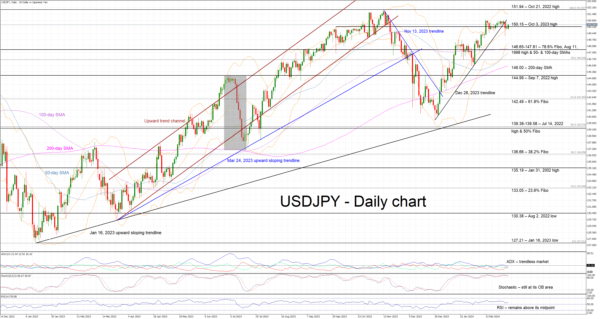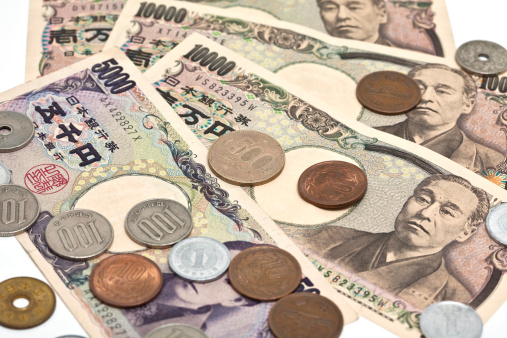- Tokyo CPI report kicks off a very interesting period for the BoJ
- Earnings data under the microscope until outcome of wage talks
- Yen remains under pressure against the US dollar
- Tokyo CPI released on Tuesday; average earnings data on Thursday
The BoJ is looking for an opening to hike rates
The market has already started the countdown to the March central bank meetings. The ECB gathering is scheduled for this Thursday while the Fed will meet on March 20. With the market speculating on the likely start date of the rate cutting cycle by the two heavyweights, the Bank of Japan is still trying to make its first step towards monetary policy normalization.
Under Governor Ueda, the BoJ has become more determined and less tentative about its rates outlook. However, a big piece of the puzzle appears to still be missing for the much-discussed rate hike: the economic evidence. In addition, the first step is usually the hardest one and hence the BoJ wants to have sufficient justification in order to avoid a rate move that could be deemed as a policy mistake down the line.
Having said that, most often central banks have to take the risk and act based on incomplete information. The Shunto (wage negotiations) has started and preliminary results expected around the middle of March. Initial information is mixed as, for example, the Toyota car manufacturer is still in discussions with the trade union despite the fact that in the past two years it accepted the union’s demands in full on their first meeting.
Since the wage negotiations continue across Japan, the BoJ will have to be content with the incoming economic data. This week, the February inflation report from Tokyo will be published on Tuesday followed by average earnings data on Thursday. These releases will most likely be overshadowed by both the ECB meeting and the US labour market statistics, but the US dollar/yen pair is expected to pay attention to the Japanese data calendar as well.
BoJ craves for stronger CPI prints
The national CPI print for January, published last week, showed waning inflationary pressures. The headline indicator dropped to a 22-month low and the core component, which excludes fresh food prices, confirmed the recently aggressive downward trend. On the flip side, inflation excluding fresh food and energy remains elevated at a respectable 3.5% year-on-year change.
Tuesday’s Tokyo CPI report could open the door to a hawkish BoJ meeting on March 19 if the two published core indicators manage to surprise on the upside. Interestingly, the core component excluding fresh food is seen rising by 2.5% in February, higher than the 1.6% yearly change recorded in January. In any case, the BoJ will probably hope that the full Shunto results dazzle and hence allow it to, at least, abandon the current negative rates regime.
Moving to Thursday’s calendar and the earnings figures will be closely scrutinized. Despite expectations for stronger prints, the yearly pace of the labour cash earnings remains subdued, with overall household spending stuck in negative yearly territory. An improvement in both indicators would be welcomed by the BoJ as an indication of the public potentially changing its consumer spending approach.
US dollar/yen continues to hover around 150
With the dollar/yen pair trading around the 150 level, the verbal interventions from Japanese officials are expected to continue, potentially limiting the upside. However, at the end of the day, strong economic data from Japan are a prerequisite for a sustainable correction in this pair.
A strong set of data releases this week could push dollar/yen towards the key 146.65-147.81 support area. On the flip side, the combination of weaker Japanese prints and stronger US labour data could open the door to another upleg towards the October 21, 2022 high at 151.94, resulting in more forceful commentary from Japanese officials.










